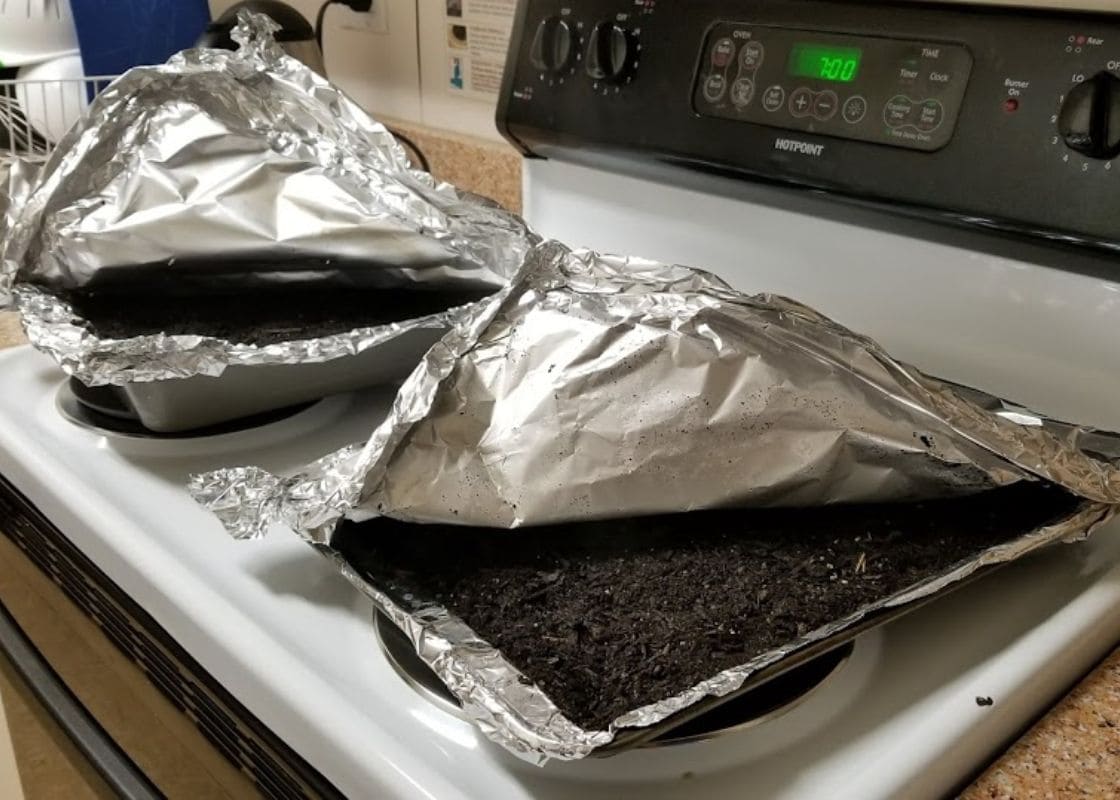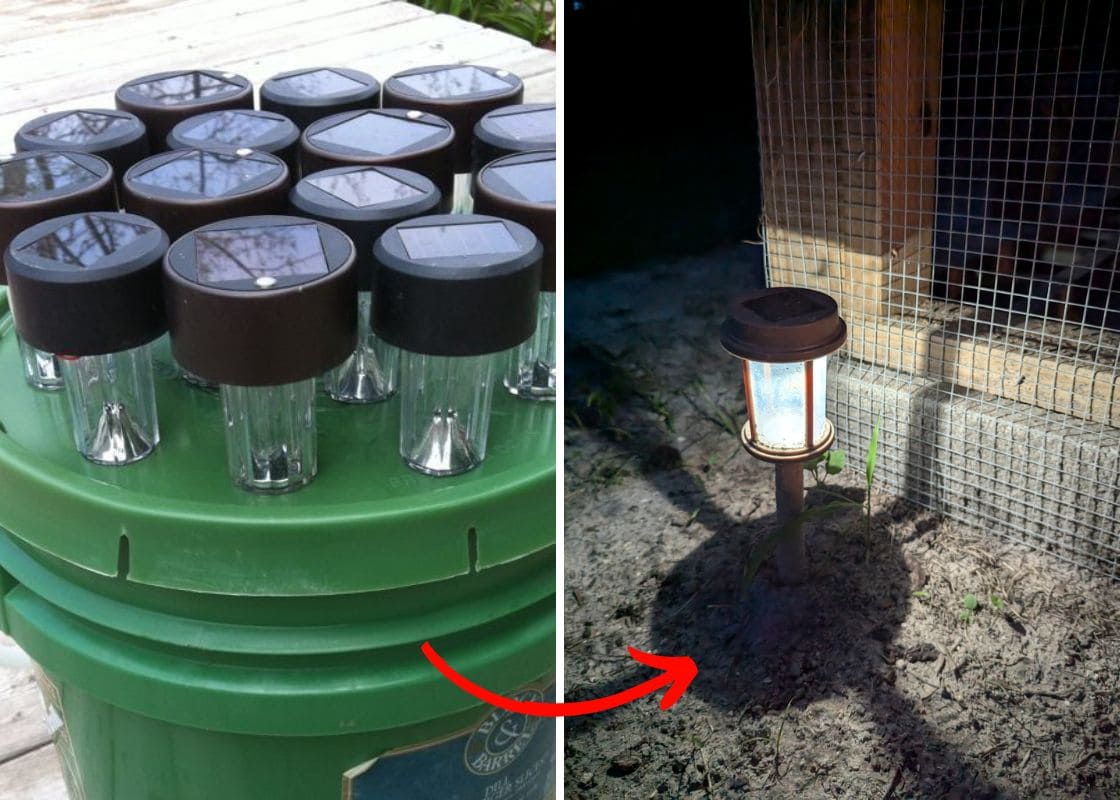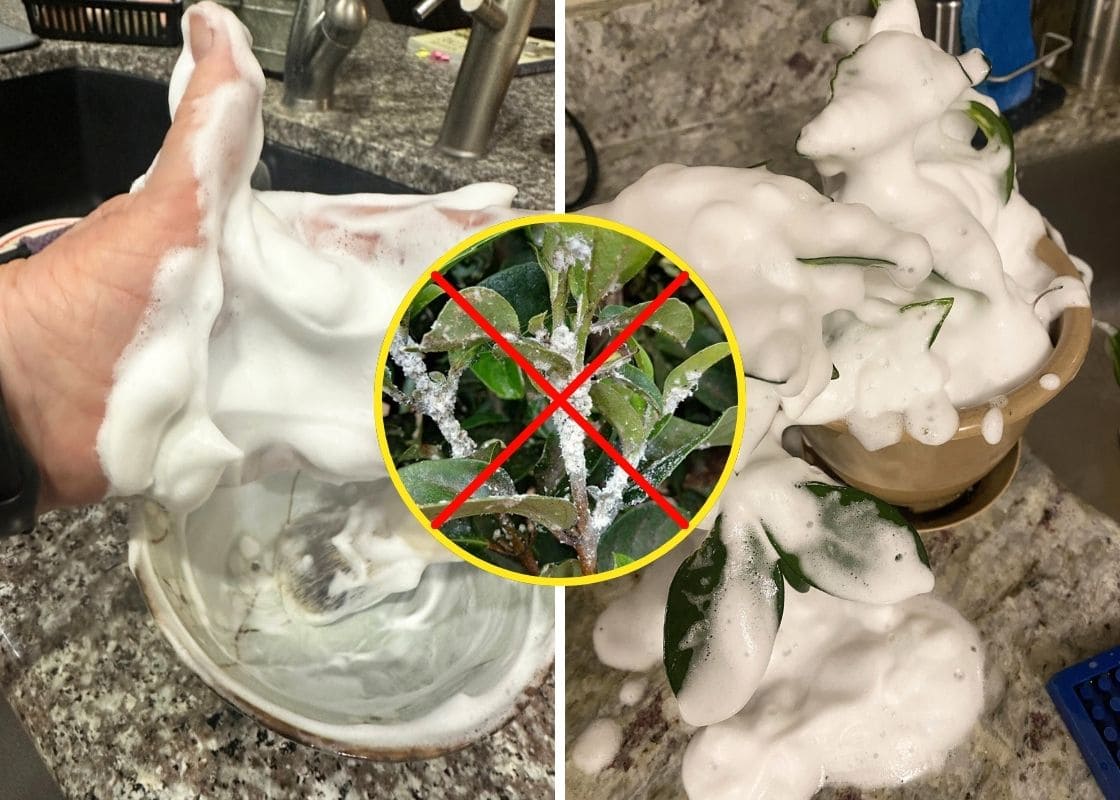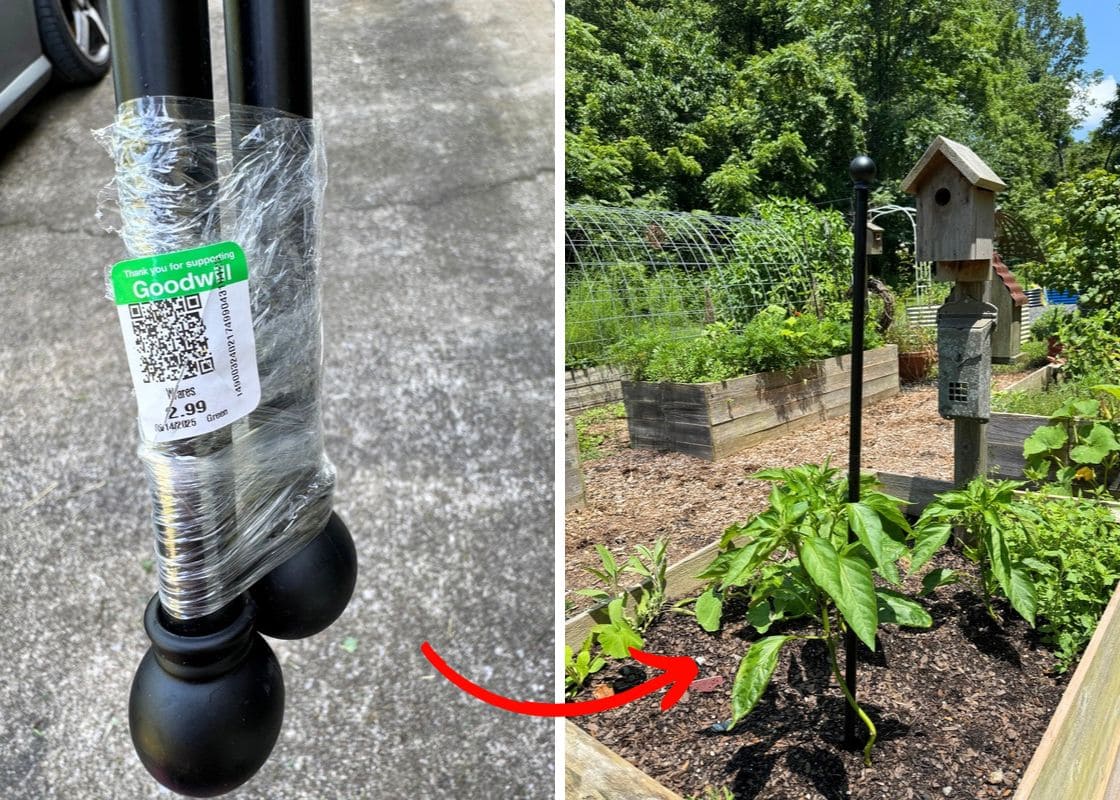Anyone who’s tried growing carrots knows the tiny seeds love to misbehave.
They cling to your fingers, roll off the soil, clump in little piles, and turn what should be a quiet gardening moment into a tedious exercise in thinning seedlings for weeks.
Carrot lovers put up with it because the payoff tastes amazing, but the sowing part usually feels like the price you pay for that sweetness.
A clever gardener recently reshared a technique that instantly grabbed my attention because it solves all of those headaches with items most of us already keep in the kitchen.
Instead of sprinkling seeds and hoping for the best, the method blends the seeds into a smooth, clear cornstarch slurry that you pipe directly into neat rows.
What Is the Cornstarch Slurry Method?

At its heart, the trick works because cornstarch holds moisture while keeping the seeds suspended in place.
The seeds don’t settle at the bottom or float to the surface, and each one gets spaced naturally as the gel glides along the row.
What You Need to Make the Mixture
- 2 tablespoons cornstarch
- 1 cup cold water
- Saucepan
- Wooden spoon
- Small bowl
- Carrot seeds
- Zip-top bag or squeeze bottle
- Prepared soil or garden bed
Step-by-Step Guide to Making Cornstarch
Step 1: Mixing the Slurry
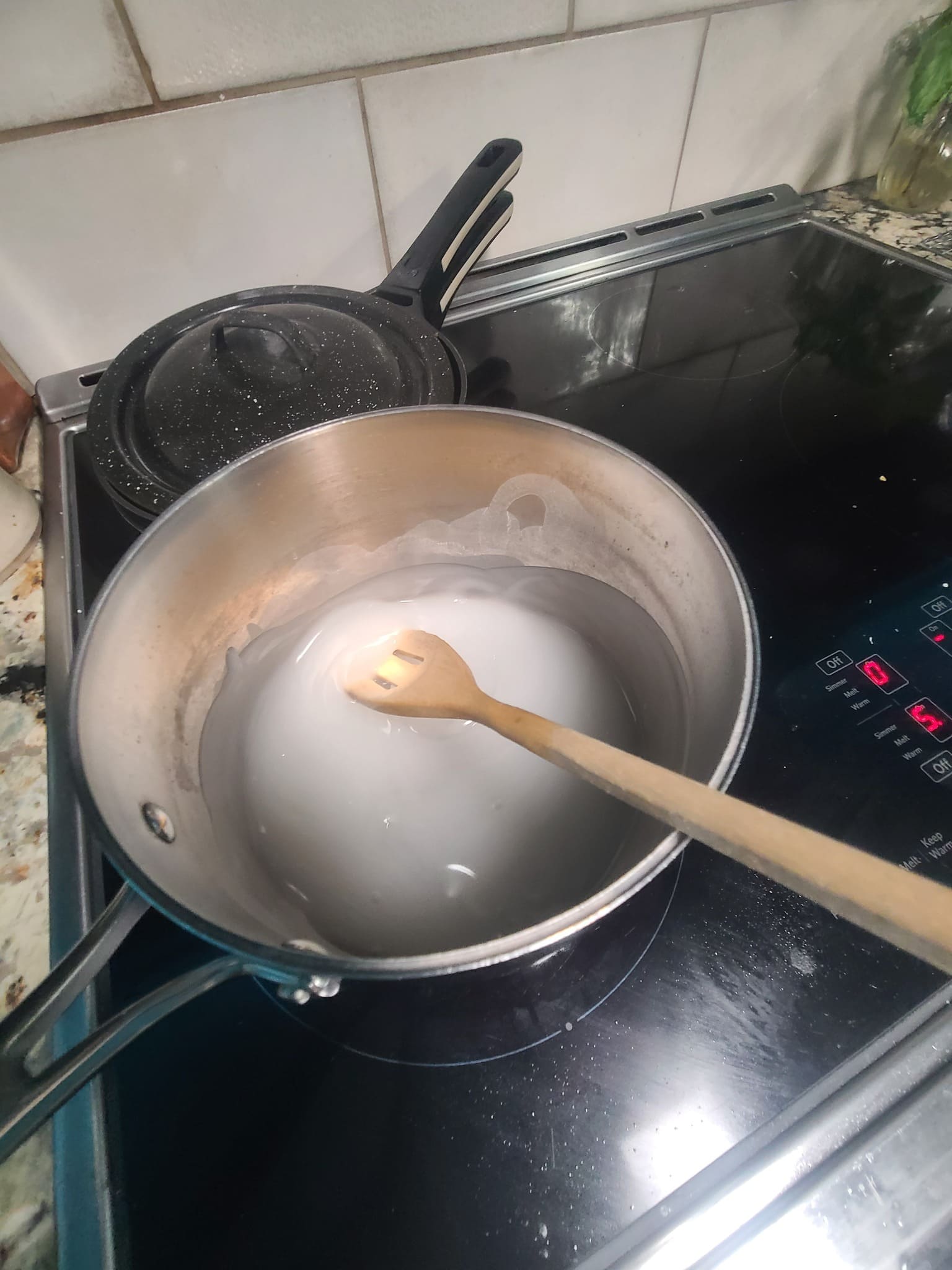
Firstly, you combine the cornstarch and water in a saucepan and warm it over medium heat. The mixture thickens slowly at first, then shifts into a glossy, translucent gel.
Once it reaches that stage, it’s ready to cool. Seeds should never go into hot slurry, so the temperature matters here.
After cooling, the gel gets a pleasant, smooth texture that folds the seeds in beautifully with a light stir.
Step 2: Preparing the Bag and Piping the Rows
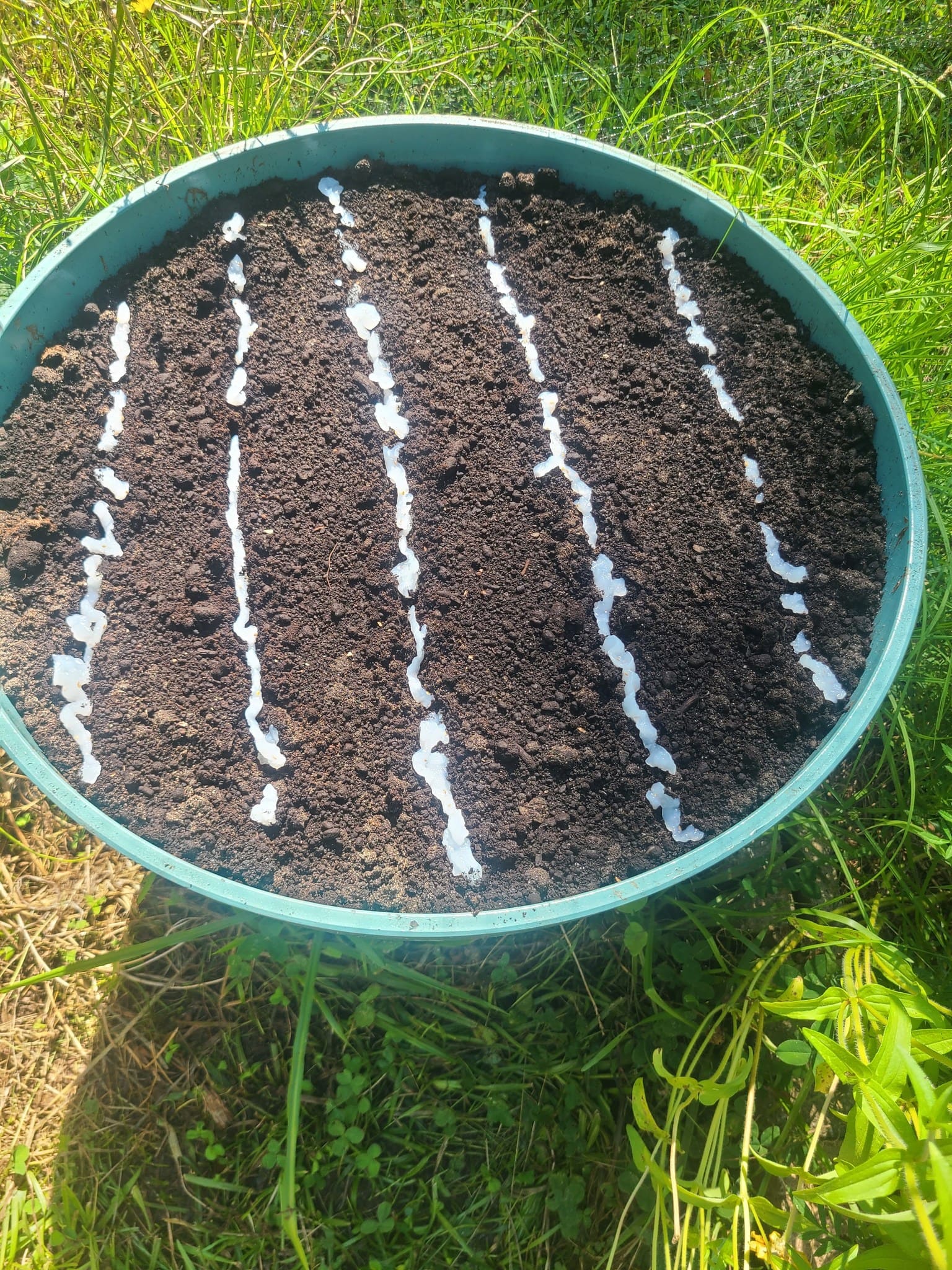
The cooled mixture goes into a zip-top bag or a squeeze bottle. A tiny snip in the corner of the bag creates a narrow opening that gives you full control while piping.
Next, the gel flows in soft, even lines that land neatly on the soil.
Step 3: Covering and Watering
Finally, a very light sprinkle of soil or compost is enough to finish the job. Carrot seeds don’t like being buried deeply, so gentle coverage works best.
The slurry helps hold moisture, but the bed still needs consistent watering during germination.
The lines may look delicate, but the seeds tucked inside are already in a better position than usual.
Why Gardeners Love Cornstarch Trick
Gardeners appreciate this method because it turns a usually messy job into something smooth and predictable.
The slurry spreads the carrot seeds in a clean line, so you avoid the usual clumping and the long thinning sessions that follow.
Even rows feel more intentional, and the whole bed ends up looking better from the start.
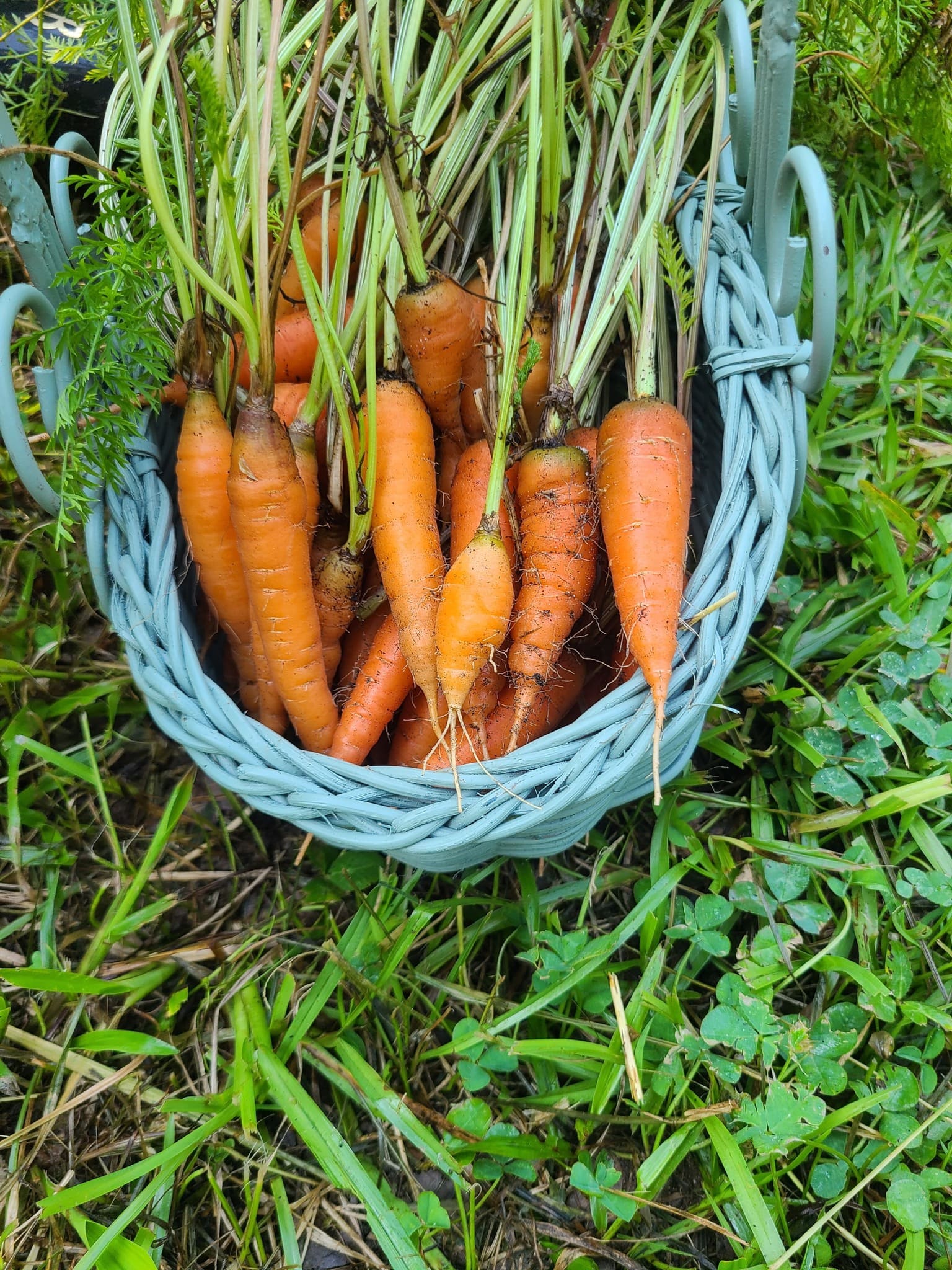
Additionally, the gel adds a small moisture cushion around each seed, which helps with early germination when the top layer of soil dries out quickly.
It doesn’t replace regular watering, but it gives the seeds a calmer, more consistent start. Another bonus is seed efficiency; you only use what you need instead of oversowing out of frustration.
Tips and Troubleshooting
A slurry that’s too thick won’t pipe smoothly, and one that’s too runny won’t hold the seeds evenly. Adjusting with a splash of water or a short extra simmer usually fixes the texture.
Also, cooling matters as well; warm gel can damage seeds or create sticky clumps, so giving it time to rest ensures it folds the seeds in properly.
Next, the size of the cut in your zip-top bag influences how clean the lines look. A tiny snip keeps the flow steady, while a larger opening can create blobs.
If the seeds settle at the bottom after the mixture sits for a bit, a quick stir brings them back into balance.


